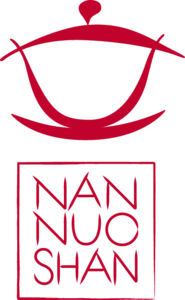Finally Yunnan!
January, 2 2016
Three o'clock in the morning. The cock begins to sing and the dog accompanies him barking. Fever, stuffy nose and farm animals do not let me sleep. If just the bed would have a mattress. Despite all, I am happy. After a flight cancelled, one rerouted and a third missed I eventually arrived in Xishuangbanna, in southwest China, just south of the Tropic of Cancer.
The forced stay in Kunming, capital of Yunnan, allowed me yesterday to visit the largest tea market in the province, one of the largest I've ever seen. Zhen is with me; she will be my translator during the next few days. Difficult to choose among the many shops, apparently all equal to each other. All offer the typical local teas: Plenty of Pu'er, Dian Hong (Yunnan black tea), Yueguang Bai (white tea, often a bud-only tea) and mediocre green teas.
Yunnan Biluochun on the top (green tea) and Yueguang Bai on the bottom (white tea)
Following my instinct, I enter a couple of shops to taste their tea. One of them convinces me for quality, staff friendliness and prices. I smell their black teas and ask to taste one with black, ash-like leaves. The liquor is surprisingly clear, bright yellow; not red as I expected. Probably the result of an oxidation shorter than usual. The fragrance is intense and the flavor aromatic and mellow. I drink also two post-fermented Pu'er (Shu Pu) and then head back to the airport for the next flight.

In the cups: pu'er on the left, black tea on the right (Fengqing Hong Cha)
January, 2 2016 (daytime)
At dawn a cheerful chatting wakes me up. I get up immediately, curious to see where all those voices come from. From the mounts of Mr. Feng's employees, just about to start their workday! A group of women sift leaves of Shu Pu, -post-fermented pu'er- separating the whole leaves from broken ones. A second group of ladies, indoor, is hand-making mini Tuo Cha: tea balls.

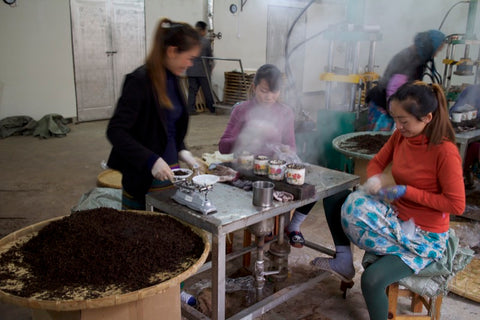
At work in a Pu'er tea factory
I am at Mr. Feng's tea factory, located on a hill not far from Menghai. The air is clear and clean. The village is inhabited by the Daizu minority, with the characteristic blue-roof houses. Further away, forest and crops of sugar cane.
View from the tea factory
Immediately after breakfast we set off for Laobanzhang, a mountain village famous for its ancient tea trees. The leaves of these rare plants are very expensive. The prices, already high in the past, have increased tenfold in a few years, dramatically enriching the farmers of the village.
After a brief stop in a Hanizu market, we venture on the muddy unpaved road that leads to Laobanzhang. The village is a jumble of houses, chaotic and unwelcoming; less rich and less tidy than I expected.

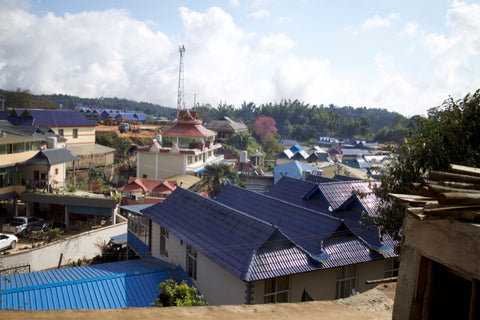
Pigs a the Hanizu market and the village of Laobanzhang
We first visit a famous garden with centenarians trees; some of them are even numbered and fenced.
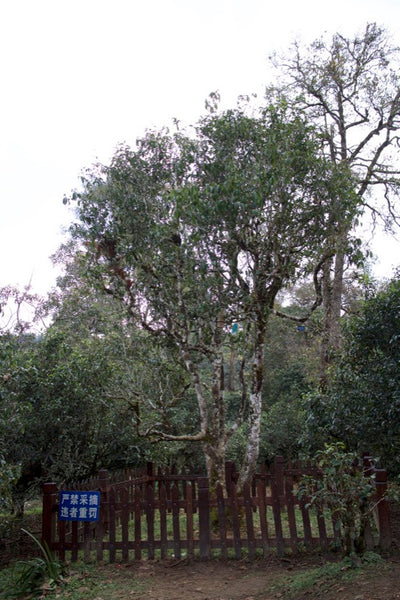
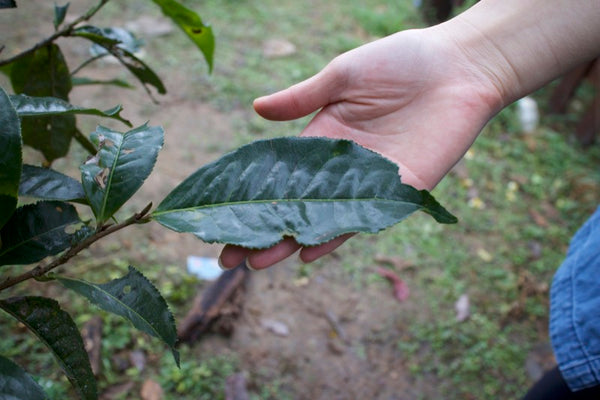
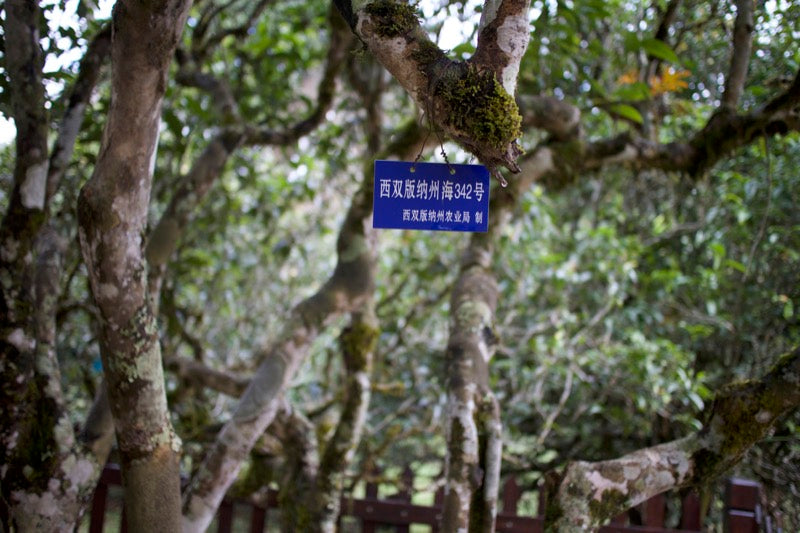
Ancient tea trees (gushu) in Laobanzhang
Then we go to a friend's house for lunch. The houses here, unlike in other villages, are made of bricks, not wood. The interiors, however, are simple and poor. In the center of the kitchen there is a table around which we sit down for lunch and in a corner, next to a window, the fire for cooking: a wood fire directly on the floor. The innovation of hood and chimney have yet to reach Laobanzhang.


Written by Gabriele
